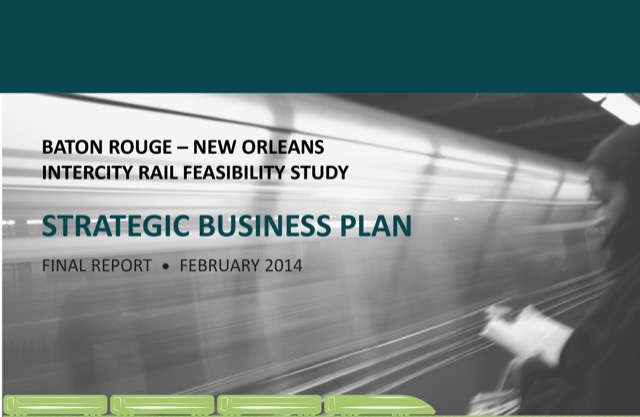Many people in Washington are talking about infrastructure spending. Infrastructure is a bi-partisan issue, because every elected official is happy to spend other people’s money on projects that will get their names in the paper and contributions to their re-election campaigns.
George Will throws a dose of cold water on the party when he points out that it’s hard to spend money on infrastructure when we’ve thrown up so many roadblocks in the form of environmental reviews. But that’s not the real problem with infrastructure spending. The real problem is that we really don’t need any new infrastructure.
Most writers assume that government spending on infrastructure has a multiplier effect: that every dollar spent will generate more than a dollar of gross domestic product. That worked for early highway spending, which generated a huge amount of new travel and shipping that didn’t exist before. It won’t work for most infrastructure spending today.








